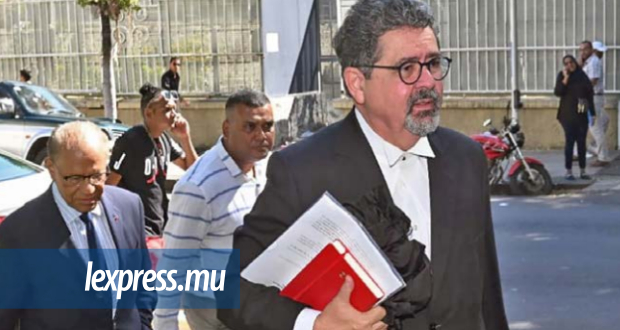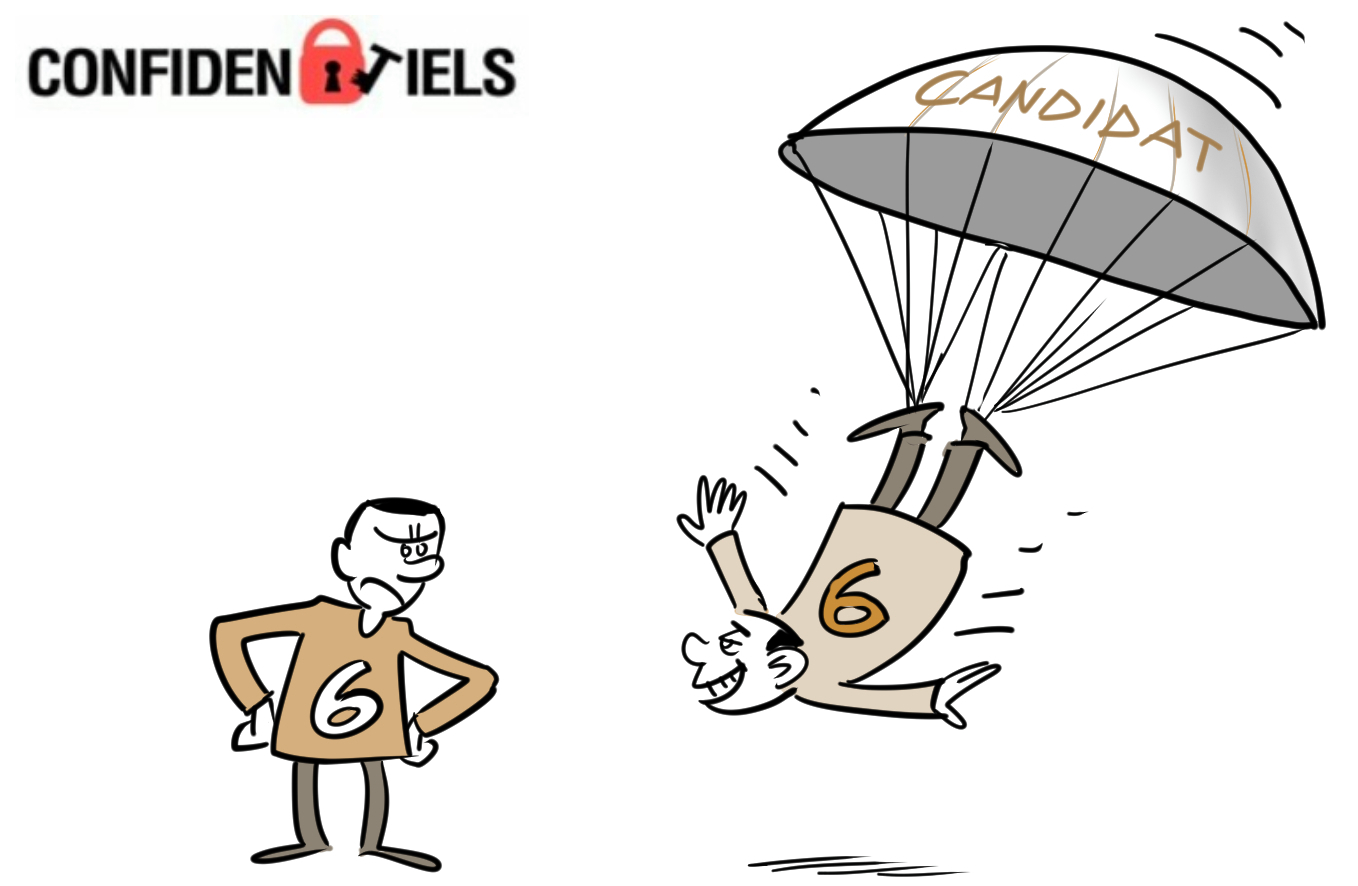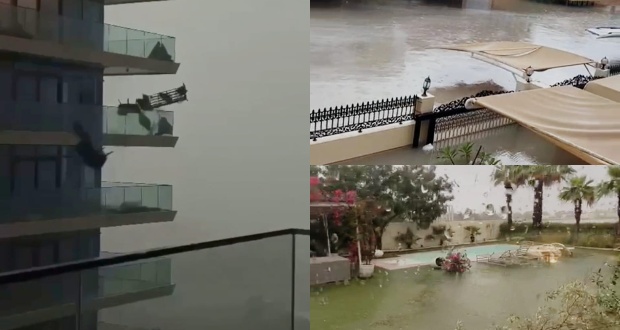Publicité
Metro Express: Leaving the Car behind for the Metro
Par
Partager cet article
Metro Express: Leaving the Car behind for the Metro


A main objective in the setting up of Metro Express is the reduction of road congestion. As importantly, the financial viability of the Metro is highly dependent on having commuters shifting from private vehicles to the Metro. Both the objective and the premise of financial viability imply a reduction in car use. Would this happen? What could be the conditions for a shift of car users to the Metro Express? This paper considers these issues in the face of rising car ownership in the country.
Rising Car Ownership
At end 2018, there were 556,001 vehicles registered in Mauritius of which 289,676 (52%) were cars. The number of cars per 1,000 population which was at 76 in 2001 and 133 in 2010 has reached 223 in 2018.
Cars are becoming affordable to even the low income families. This begs the question as to what is causing this increasing level of car ownership in the country. On the one hand there is the availability of travel allowances and duty concessions on imported cars. On the other hand there is undeniably the rising income of families, the aspirations of the educated and young professionals. These are coupled with affordable reconditioned cars and easier access to car loans and car leasing.
But is rising car ownership a bad thing? It is after all a sign of upward social mobility, prosperity for families and the country. In the public transport planning field it is not car ownership which is disfavoured. The culprit is car use rather than car ownership; car use particularly during peak times and for journey to work purposes.
There is a dichotomy on car ownership and car usage between the high/middle and the low income household. For high/middle income group, car usage has extended to almost each member of the family who has a driving license. Each family member would often drive separately for the journey to work. But for the low income household, car ownership may be there but car usage is less, especially for journey to work purposes.
Journey to work travel and peak time travel in cars give rise to the road congestion. This in turn incurs congestion and pollution costs and requires heavy investments in road infrastructure. The view is therefore that such car usage should be restrained. Hence the necessity for the shift from cars to the Metro to achieve the objective of reducing road congestion.
Would, therefore, that objective of transfer from car mode to metro mode be achieved in the country?
Car travel in preference to Metro
It would not be easy to achieve a high modal shift from cars to the metro. In Mauritius, a developing country with an increasing wealth profile, the car is not only a convenient and an affordable means of transport but also confers elements of status. Several car users from the middle and high income group would prefer to continue to drive the car to work in view of the comfort, the status and the privacy that it offers. And this regardless of the metro offering an efficient service.
Studies have shown that in spite of rationality dictating that a travel mode like the metro could save time and money, people would still prefer their car even when it’s not the best objective option. People are tied to their own private vehicles. Research has also shown that many pensioners with cars almost never use their free transport passes.
More than the affinity for one’s own private car, there are several other factors that may deter car users to shift to the metro:
- The likelihood of not having a place to sit on the metro. In a previous paper (Travelling Standing on the Metro - L’express 30 Aug 2019), we had demonstrated that passengers would be travelling standing in crowded conditions for the peak journey to work from Curepipe to Port-Louis). This discomfort could be a deterrent to use the metro service for people normally driving to work.
- To access the metro station from home or workplace, these car users may have to use (and pay for) other motorised vehicles (feeder buses, taxis). Transportation to and from the metro station significantly influence the overall travel experience. The need to transfer compared to the direct trip that the private car would provide, creates a strong deterrent to using the metro.
- The private car may be carrying two or more persons which reduce the travel cost to lower than taking the metro.
- For short trips, car users may feel they would be better off with their car than facing the inconvenience of access, egress and waiting time of metro travel.
Achieving the modal shift from Cars to Metro
To achieve the objective of reducing road congestion the Metro must attract sufficient commuters of those having the option of travelling by cars. This could be a tall order.
Studies have shown that the metro in countries having similar standard of living as in Mauritius can generally achieve a maximum modal shift of 15%. That is only up to 15% of car users shift over to the metro. Most generally achieve a range up to 9% modal shift. The financial viability assessment exercise for Metro Express dictates that modal shift should achieve at least 10%.
Mauritius being small, social sensitivities and status symbolism additionally play a large role on choice of mode of travel. To be able to attract car users, Metro Express would need to work on a change of mentality aimed at boosting up the image of the Metro.
One implication derived from the “deterrence factors” discussed above, is that promoting the comfort of the total travel experience of the Metro is more effective to attract car users than the incidence of metro fare cost. An attractive measure to combine the efficiency of the Metro with the flexibility of cars is to set up Park and Ride and Kiss and Ride schemes near to the Metro stations. This would ensure a close enough seamless travel for last mile connectivity between cars and the Metro.
Other measures could include making car use more expensive through a series of fiscal measures at the central and local government stages.
However despite these measures, the completion of two major road infrastructure projects under the Road Decongestion Programme would have a serious impact on Metro Express. This could mean a serious weakening of all efforts to attract car users. In effect, the opening of the Phoenix interchange for the Upper Plaines-Wilhems and the opening of the bridge linking Coromandel to the M1 motorway at Soreze for the lower Plaines- Wilhems would make car travel for journey to work so much easier and faster. These two developments alone could represent the single major challenge to Metro Express in its quest to draw in car users to the Metro.
Publicité
Les plus récents






